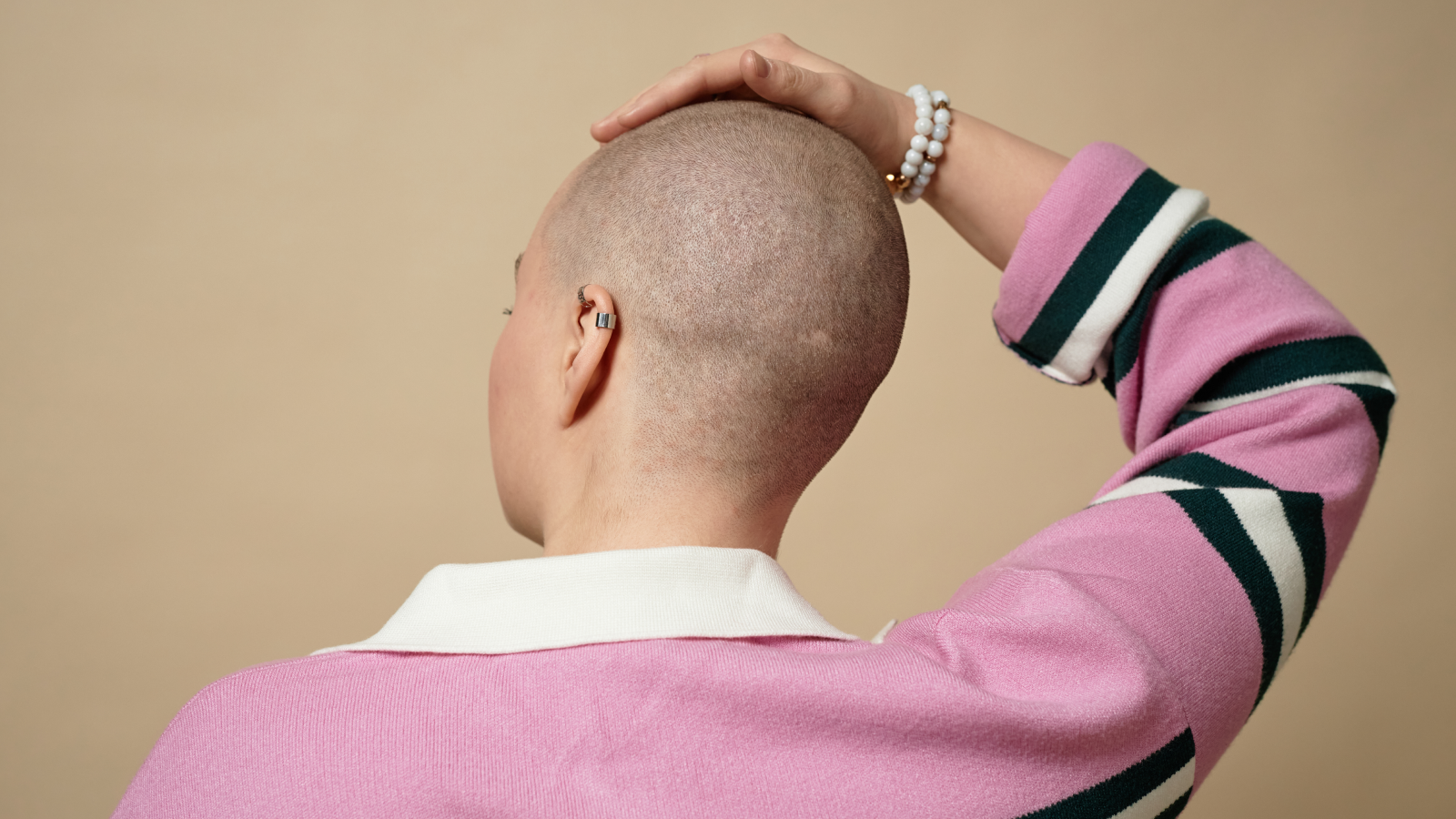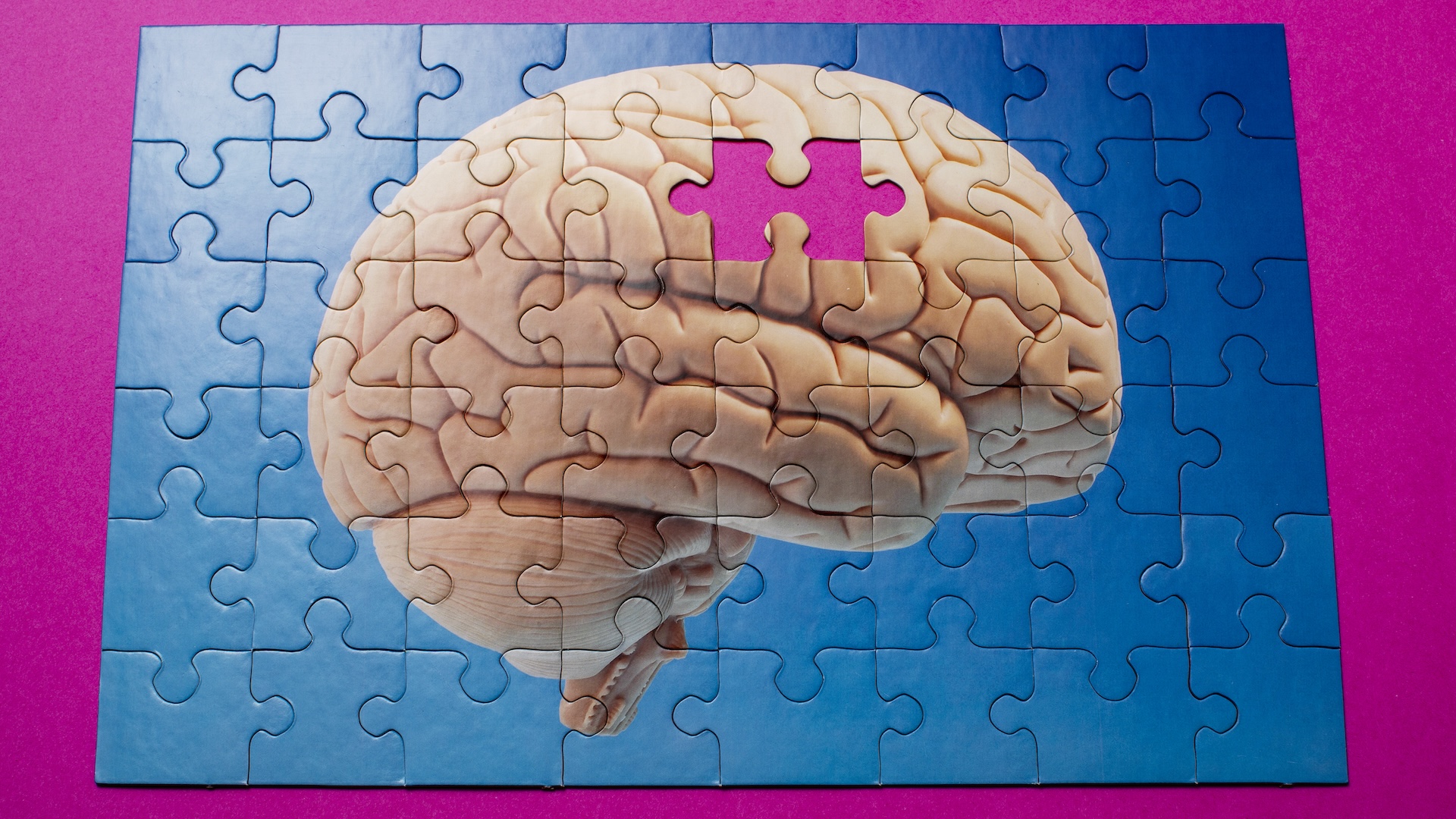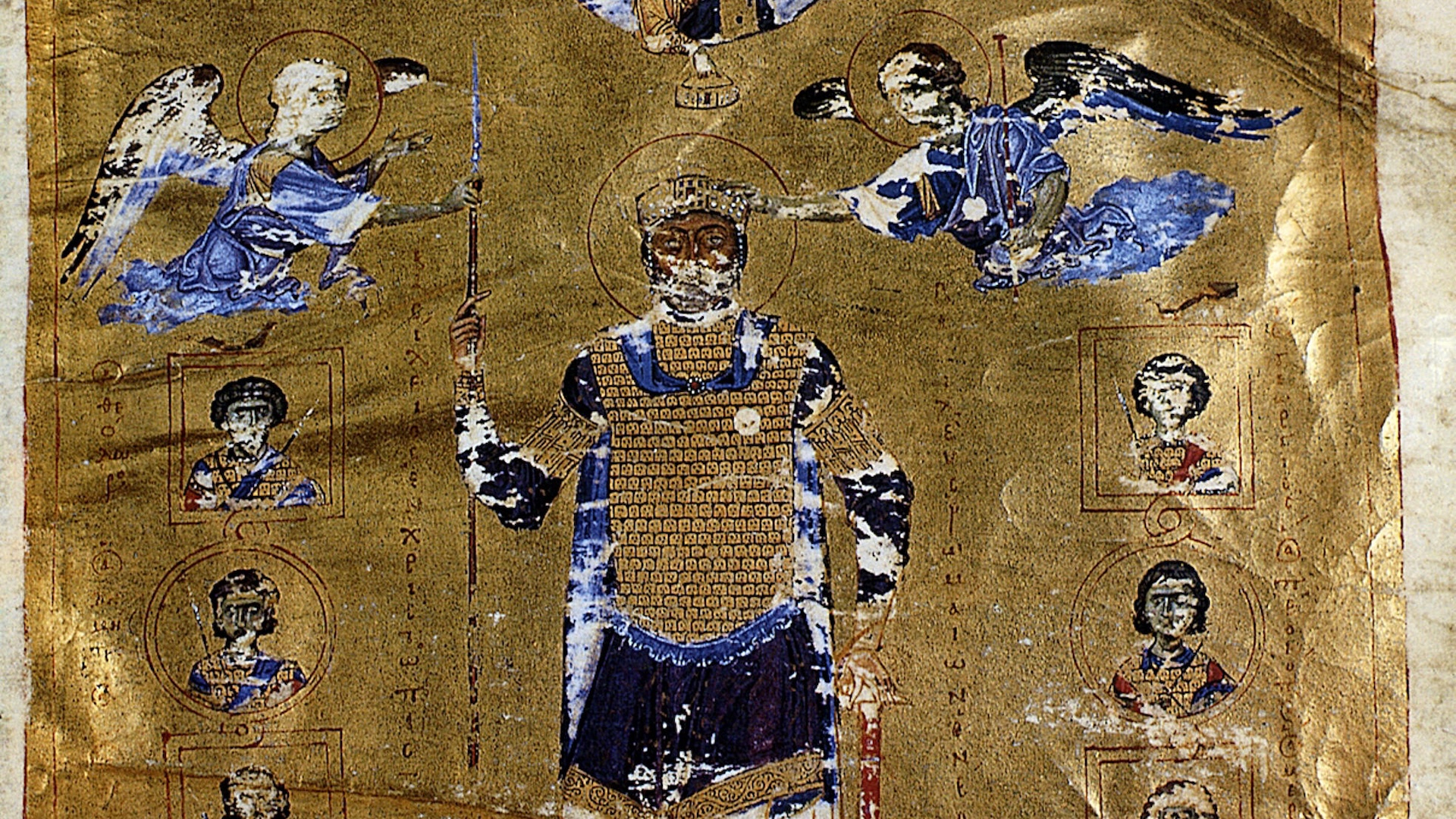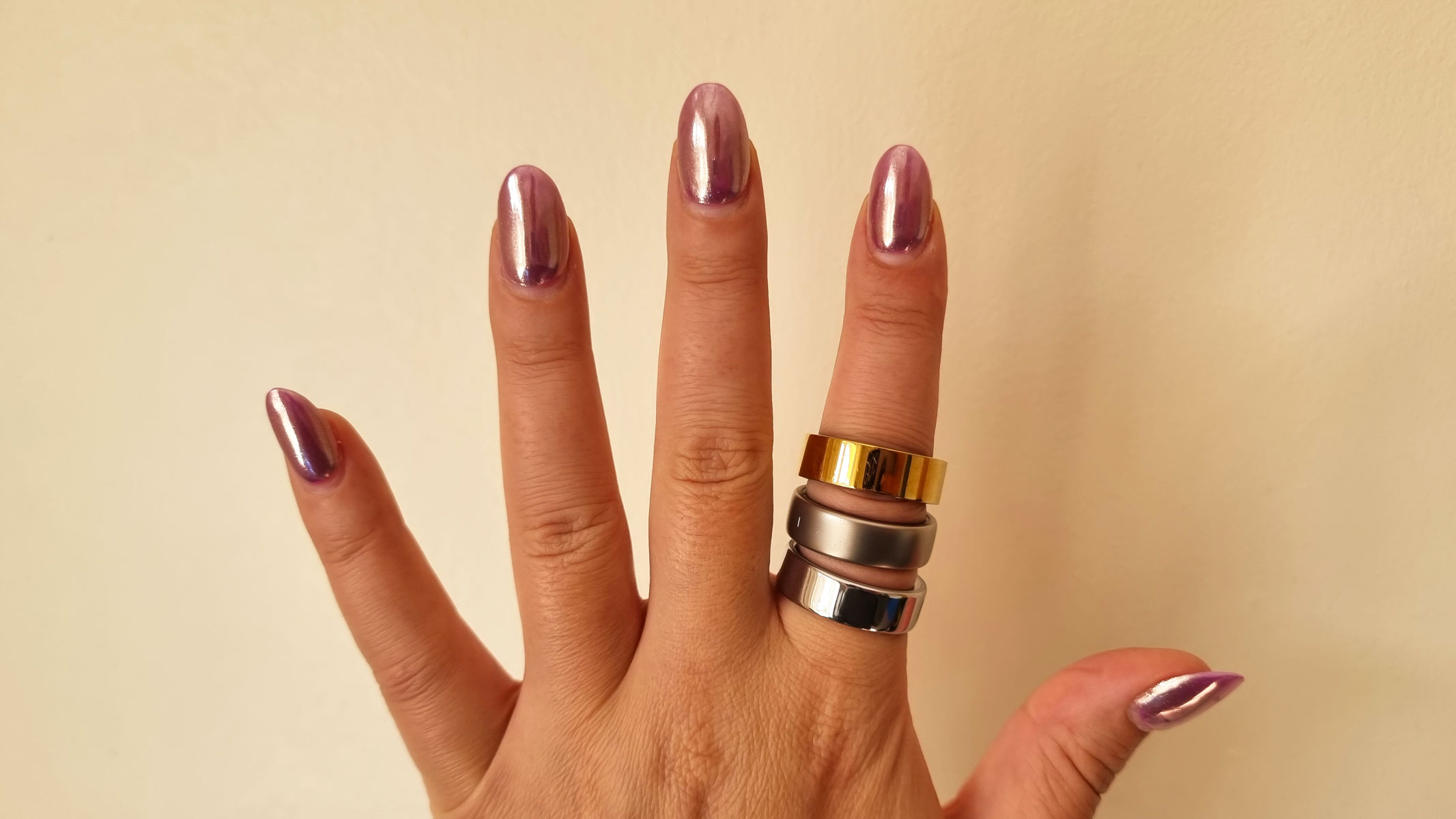Hair is an important part of our personal identity, so its loss during cancer treatment can be distressing at an already difficult time. However, this can be a positive sign that chemotherapy is working, and the hair usually grows back after treatment, said Desmond Tobin, a dermatological scientist at University College Dublin’s Charles Institute.
Hair can look different after chemotherapy, Tobin said. “In the vast majority of cases, post-treatment the hair regrows well and similar to the way it was before,” he told Live Science. “But in the early stages of recovery, the hair texture and appearance may change.”
The most commonly reported difference by patients who have completed chemotherapy is “chemo curls” — hair that regrows as curly when it had previously been straight. Usually, this changed hair returns to its original form within about a year, Tobin said. But why does hair grow back differently after chemotherapy?
To explain “chemo curls,” first we need to understand how hair grows normally. Individual human hairs are long fibers of dead skin cells, composed mainly of keratin proteins, Sunny Wong, a professor of dermatology at the University of Michigan Medical School, told Live Science. Each strand is created by a hair follicle — a complex factory of different cell types — which passes through a constant cycle of growth, rest and shedding.
We’re born with all of the hair follicles we will ever have, Tobin said. But a mixture of factors — including genetics, nutrition and fluctuating hormone levels during the different stages of life — means that the appearance of hair is constantly evolving.
Pigments control hair color: The production of sex hormones at the onset of puberty causes fair hair to darken, and pigment loss with age lightens hair to gray or white later in life.
Related: Can gray hair be reversed?
Meanwhile, the shape of the hair follicles determines the shape — and, therefore, texture — of each fiber, with circular follicles producing straight hair, flattened oval follicles creating coiled hair, and a follicle somewhere in between giving looser waves or curls.
How chemo changes hair
So what are chemotherapy drugs doing to these hair follicles? Cancer treatments target rapidly dividing cells so the hair follicles, which also contain stem cells to act as fuel for hair growth, are particularly vulnerable to damage.
“The hair follicle is one of the most proliferative and actively dividing tissues in the body, probably second to the bone marrow or gut, so it’s preferentially attacked,” Tobin said. “That causes the hair follicle to go into a hyper-stress response.” Chemotherapy therefore halts the hair cycle, forcing these follicles to expel fibers during the growth stage or shift them into a dormant phase.
However, post-treatment, the stem cells within the individual hair follicles begin to wake up. The cycle gradually starts again, which enables the hair to regrow, but sometimes with a slightly altered appearance.
“The chemotherapeutic exposure will damage the existing hair follicle and may turn it into an abnormal shape so it produces a fiber of a different shape or length, maybe thinner,” Tobin explained. “It depends on how that hair follicle copes with the impact of the drug.”
Similarly, the effect of chemotherapy on other bodily systems — such as the endocrine system, which is responsible for making hormones — can temporarily alter the production of pigments, leading to a change in hair color.
Although the complexity of factors determining hair’s appearance makes it difficult to predict an individual patient’s response, in most cases, hair returns to normal as the body processes the remnants of the drug, Wong said.
“These drugs work by incorporating themselves into replicating DNA, so it takes time for them to elute from the system,” Wong explained. “Probably the cells just need to build up over time and the signals [that regulate the hair cycle] just have to return and reconfigure.”
The human body is remarkably resilient, and hair follicles damaged by cancer treatments can make a full recovery. Although it can be frustrating to wait for hair to return, experts urge patients to avoid damaging treatments like dyeing or straightening on their new growth.
“Hair typically grows a centimeter a month on the scalp, but good nutrition and blood supply will hopefully feed the soil in which those hair follicles are growing and improve its recovery,” Tobin said.














